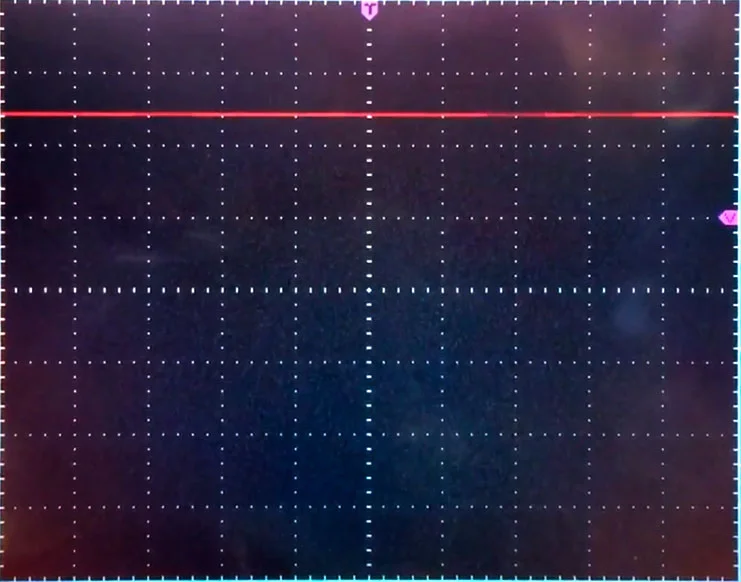I build a TON of electronic circuits on my breadboards. Nearly all of those circuits require 3.3 volts or 5 volts DC to run. I've used all manner of solutions for providing that power to the board:
- Converted PC power supply: Powerful and clean 5V or 3.3V, but big, bulky and ugly
- Repurposed laptop switching supplies (brick): Pretty cool, usually have plenty of power, a little bulky because they usually have a long cord for AC and another long cord for the DC side
- Batteries: Clean power, but they poop out after a while, of course; not as eco-friendly
- Breadboard-friendly switching regulators: Pop right onto the breadboard, super-efficient and powered by a standard wall wart or 12V battery, but still relies on some other source of higher power to regulate
- Linear voltage regulators: Inefficient. Cheap, easy to use, but inefficient.
These are all great solutions and they all tend to be pretty affordable. But I've continuously kept searching for something smaller and easier to move from project to project. Then I found MicroPower Direct, a company right here in the good old U.S. of A. They're in Stoughton, MA and they make swanky little switching power modules AND they're super friendly.
They were kind enough to send me a few different modules. Two of them are board-mount DC-DC switching converters and two are AC-DC switching converters. I'm going to focus on the AC-DC converters in this article because these are the quickest and easiest to start using for your breadboarding and prototyping. Specifically, I'll show you the 5V model of MicroPower Direct's MPM-12EPB line of switching "brick" power supplies.
Breadboard AVR (Arduino) setup with MPM-12S-05EPB 5V switching AC-DC power supply from MicroPower Direct
I grabbed a salvaged AC power cord (if you're like me, you have a box full of these, among many other salvaged electrical and electronic parts) and trimmed and stripped clean leads on the bare end. Then I secured them into the AC(N) and AC(L) terminal block ports on the AC/DC converter. On the other side of the converter I secured red and black breadboard jumper wires to the +Vo and -Vo terminal block ports.
The MPM-12S-05EPB AC-DC switching power supply with AC cord and jumper wires attached securely
I plugged the red jumper wire to the positive rail on my breadboard and plugged the black wire to the negative rail and plugged the AC cord into the surge strip on the floor and BOOM! (BOOM in a good way, not an explosive or electrocution way.) Easy 5 volt power on my breadboard from a dinky little power supply!
I hooked up the converter to my oscilloscope to see just how clean the power was and it's quite impressive. The probe for the scope is connected right to the output leads of the power supply and I have no other components, like smoothing caps or anything else connected. I got identical results with the AVR board connected, as well. Here's video of the scope screen:
I'll get pricing on these when I hear back from the friendly folks over at MicroPower Direct. In the meantime, if you have any questions, feel free to post comments or hit the contact page.


